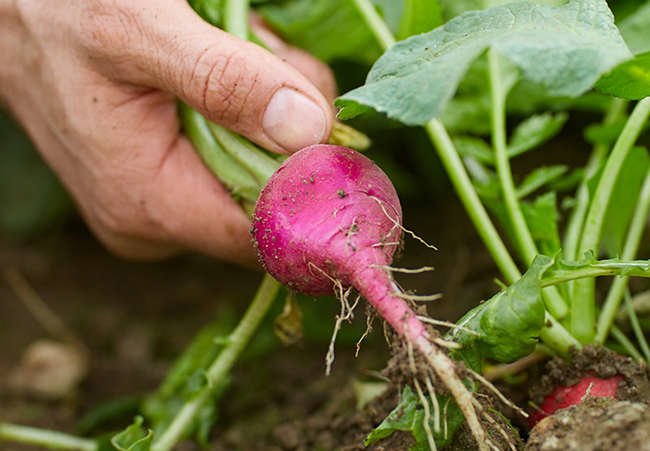

We may earn revenue from the products available on this page and participate in affiliate programs. Learn More ›
Home Advice You Can Trust
Tips, tricks & ideas for a better home and yard, delivered to your inbox daily.
Gardening involves a lot of trial and error. It’s a big undertaking, after all, and it’s nearly impossible to pass from year to year without at least a few mishaps. To help you lower your error count this year, we’ve compiled a series of little-known veggie gardening tips from experts. Here’s to a bountiful harvest this season!
Armor Up
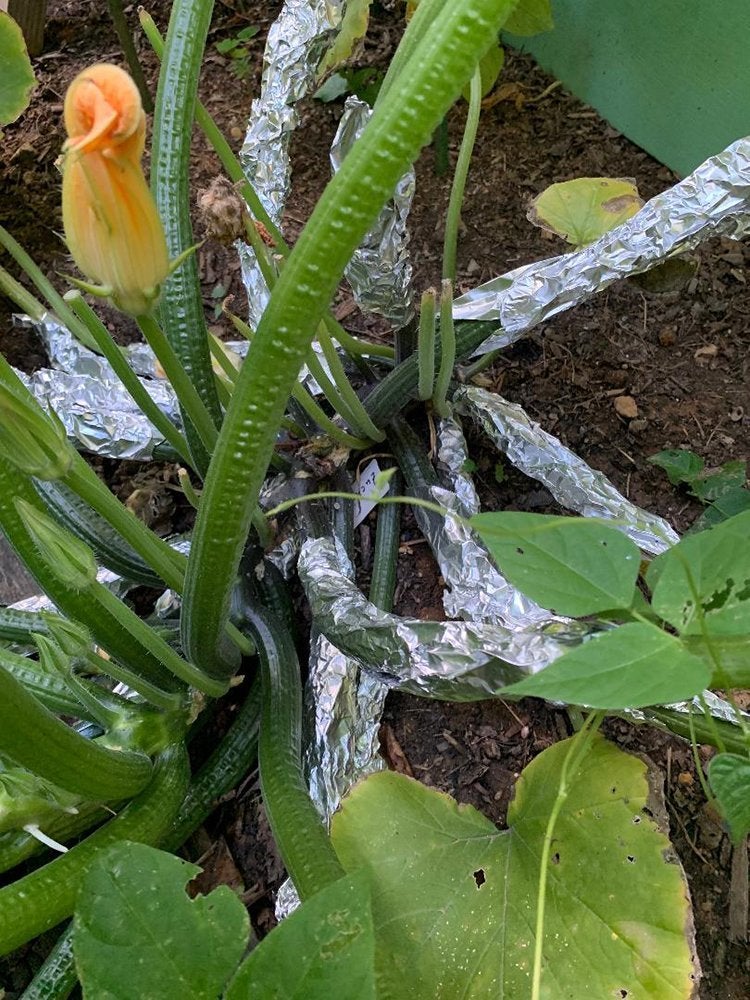
Are you struggling with squash vine borer year after year? The nasty larvae burrow into the stems of squash plants and decimate them from the inside out. Once they’ve gotten in, it’s nearly impossible to extricate them. Kathy Jentz of Washington Gardener Magazine suggests wrapping foil around squash stems to keep out the grubs. She adds that it’s particularly important to wrap the foil around a portion of the stem beneath the soil—1/4 inch deep should do it.
Protect Your Fruit
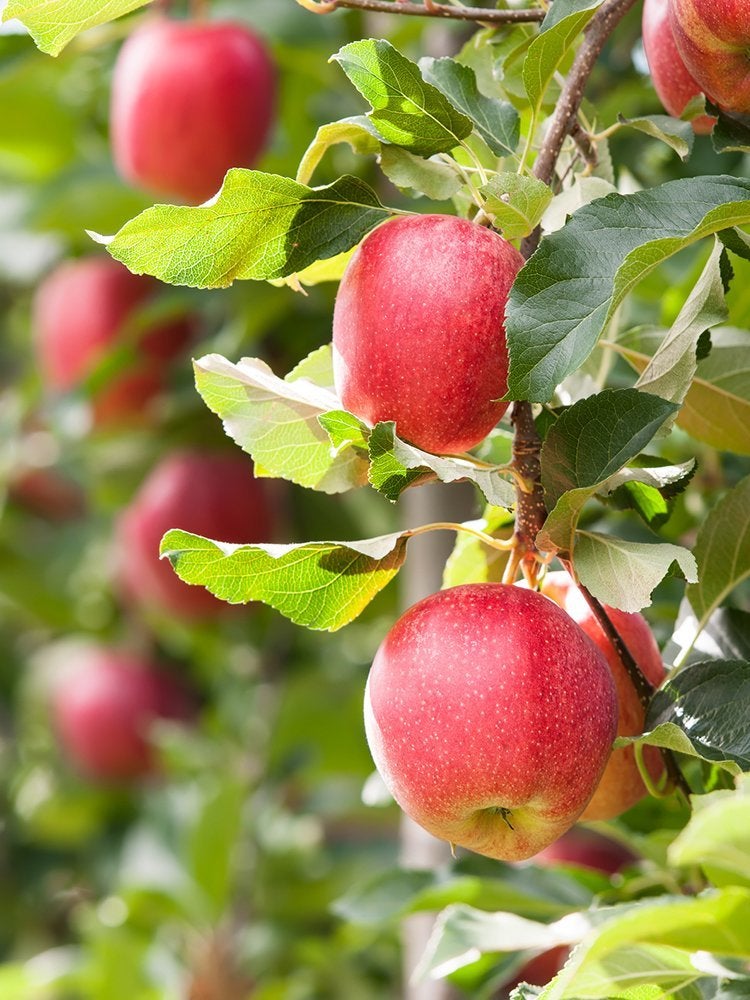
A juicy red apple isn’t so appealing once it’s been attacked by pesky pests. To prevent an assault on your fruit trees, Sarah Cook of Sustainable Cooks suggests using the “footie” ends of pantyhose to cover vulnerable fruits, gently tying the ends to branches. She adds, “[they’re] super stretchy, so they grow with the apples and create a barrier that prevents pests from burrowing into the fruit.” They’re also reusable, so there’s no need to toss them at the end of the season.
Lean on Me
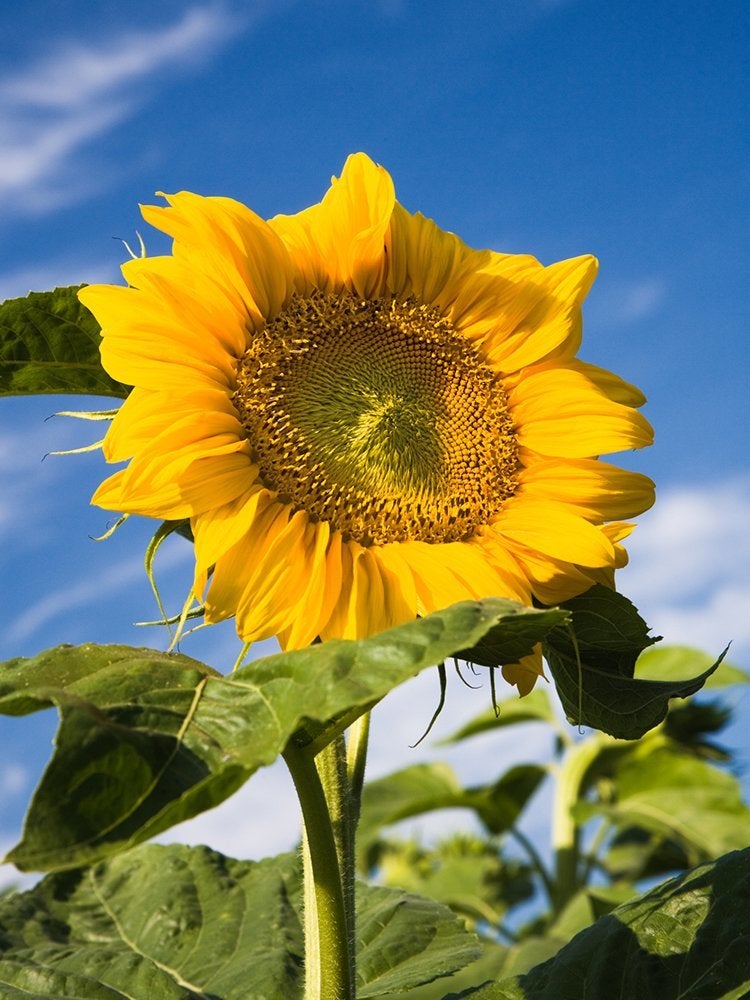
Farmer Stanley Miklis of Caliper Farm to Market has shared his secret for growing cucumbers: sunflowers. The tall, sturdy blooms act as a DIY trellis for vining cukes. Stanley explains that the sunflowers aren’t just practical supports, it’s also a source of income. He sells both flowers and cucumbers at the farmer’s market.
Extra-Early Harvest
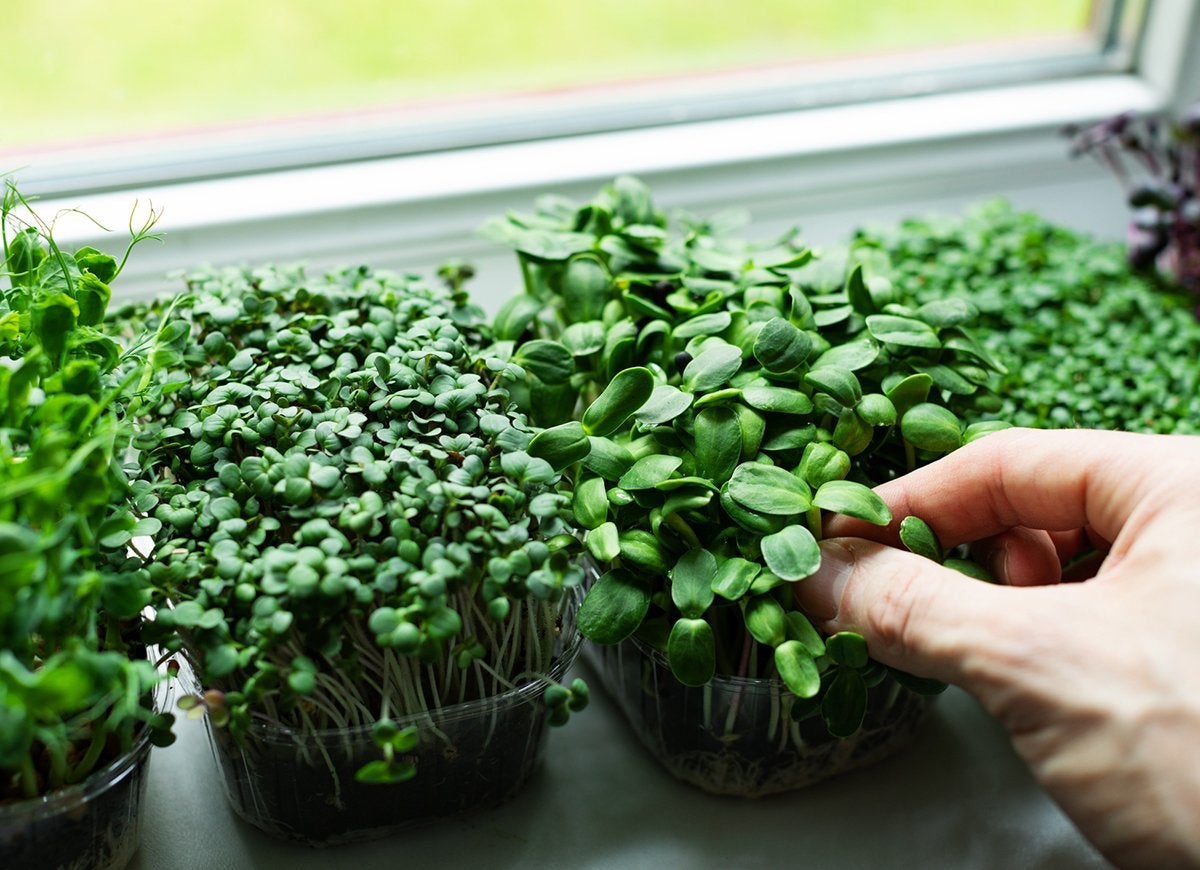
While most gardeners wait patiently for crops to mature before cutting, picking, and harvesting, Andrew Neves swears by microgreens, extra-early crops consisting of highly nutritious greenery. They’re incredibly easy to cultivate, and they’re perfect for indoor growing. In the gardening world, sometimes it’s worth going small instead of big.
Cover Crops
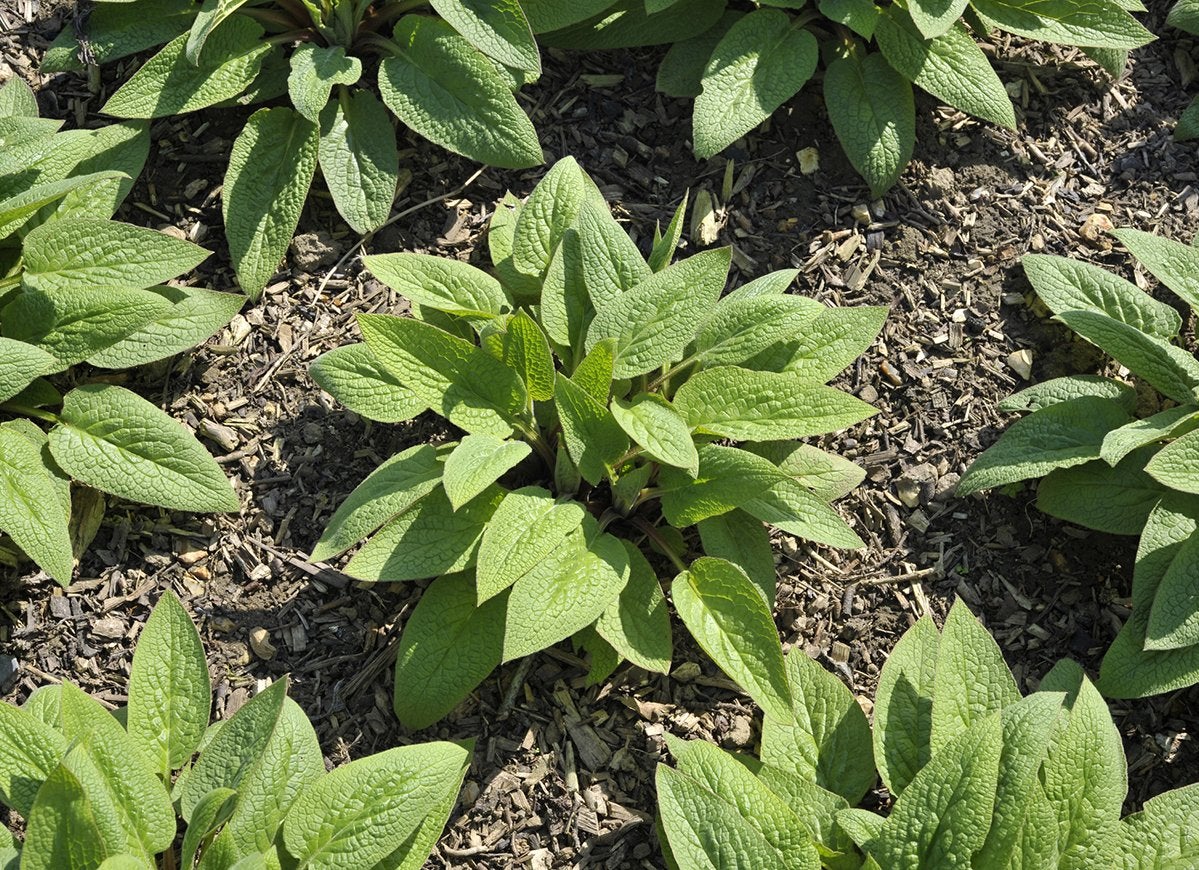
Elle Meager of Outdoor Happens swears by comfrey. She grows it among her vegetables and fruit trees because of its ability to break down heavy soils and increase the bioavailability of nutrients for shallow-rooted plants. “The beautiful thing about comfrey is that the more leaves you cut for green manure and animal feed, the more they grow. Comfrey is easy to propagate from a root piece as small as 2 inches. This gives you the potential to fill your garden with nitrogen-fixing plants; an unlimited supply, for free,” says Meager.
Rip and Reuse
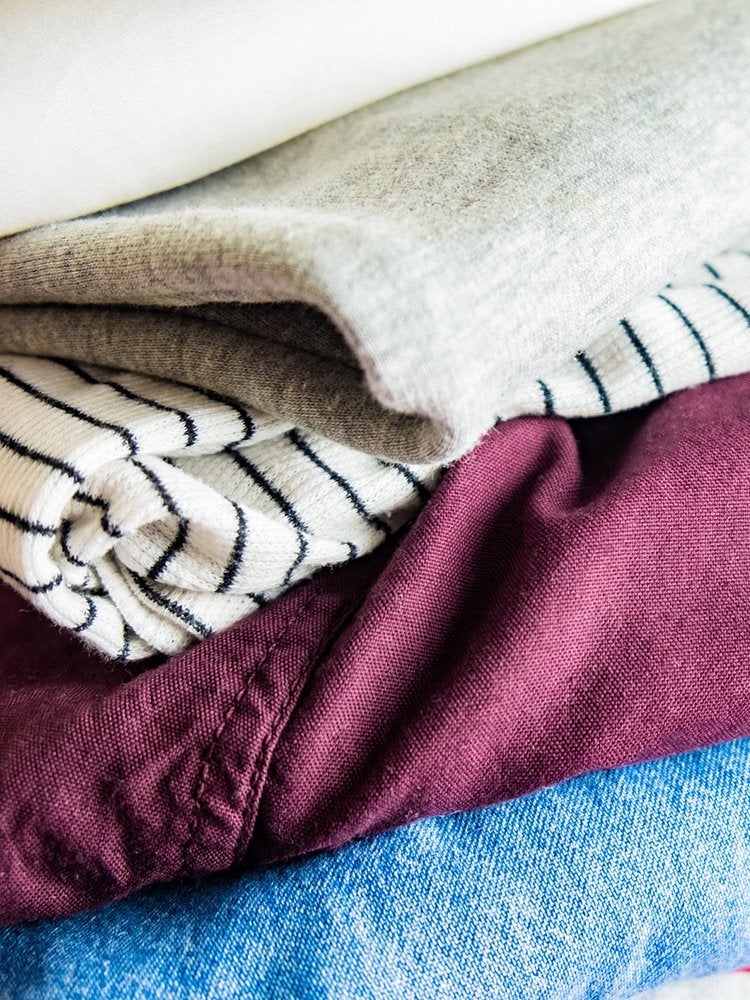
Have a pile of ratty t-shirts lying around? Jerry Gorchels, a spokesperson for PanAmerican Seed in West Chicago, Illinois, explains that you can deter annoying, hungry pests like birds and rabbits by tying up strips of fabric cut from an old shirt. He explains that “When the wind flaps the ‘flag,’ the unpredictable movement will scare away bunnies and keep most birds at bay. Even placing a few posts with rag shards on the end of them can be a natural deterrent.”
Employ Plastic
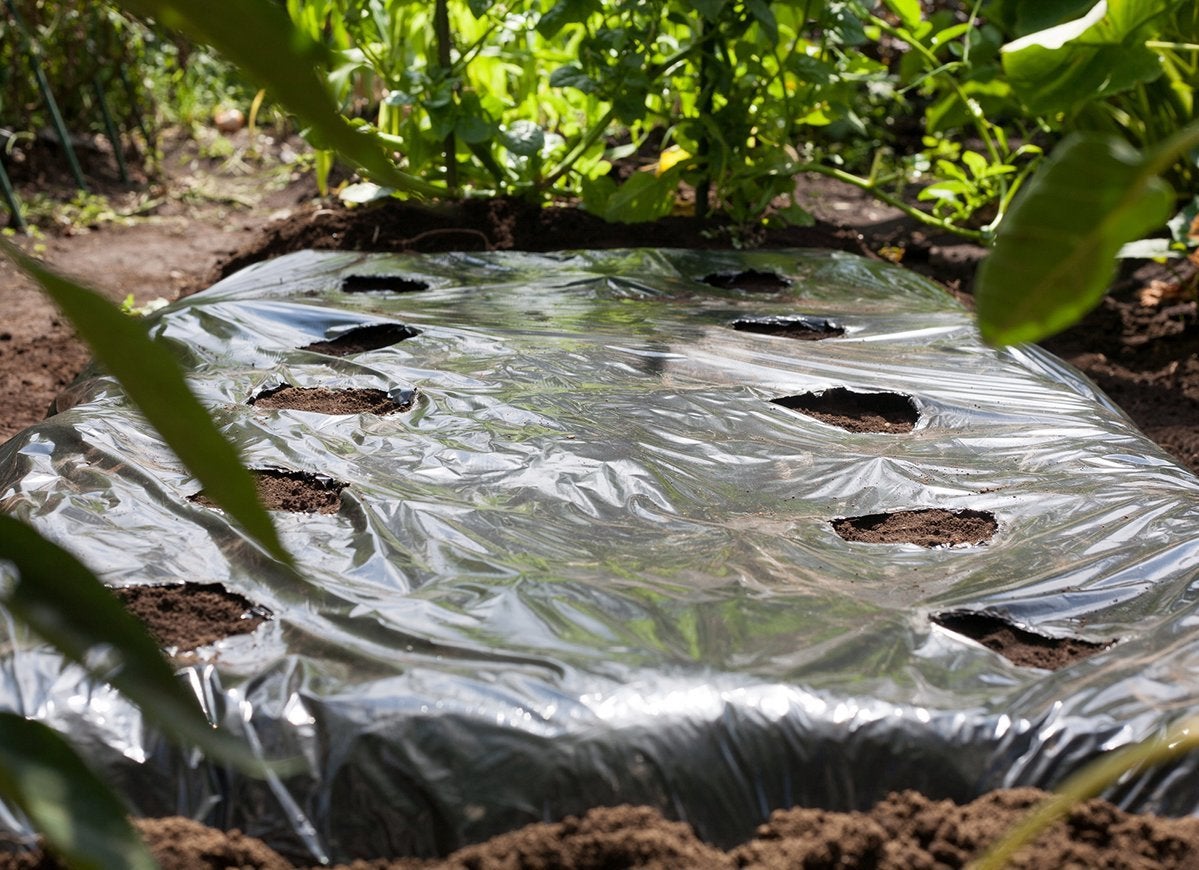
Shelby DeVore of Farminence has more than two decades of gardening experience and a master’s degree in agriculture. Her secret to vegetable gardening success? Plasticulture. Plastic mulch has a slew of benefits. It conserves water, warms the soil, deters pests, and keeps down weeds. Why choose plastic over traditional mulches? “Plastic can be cut to fit containers, or it can be bought in large sheets to cover entire garden beds. It’s extremely durable and can last for up to ten years, making the cost [very] manageable,” says DeVore.
Garden Outside of the Box
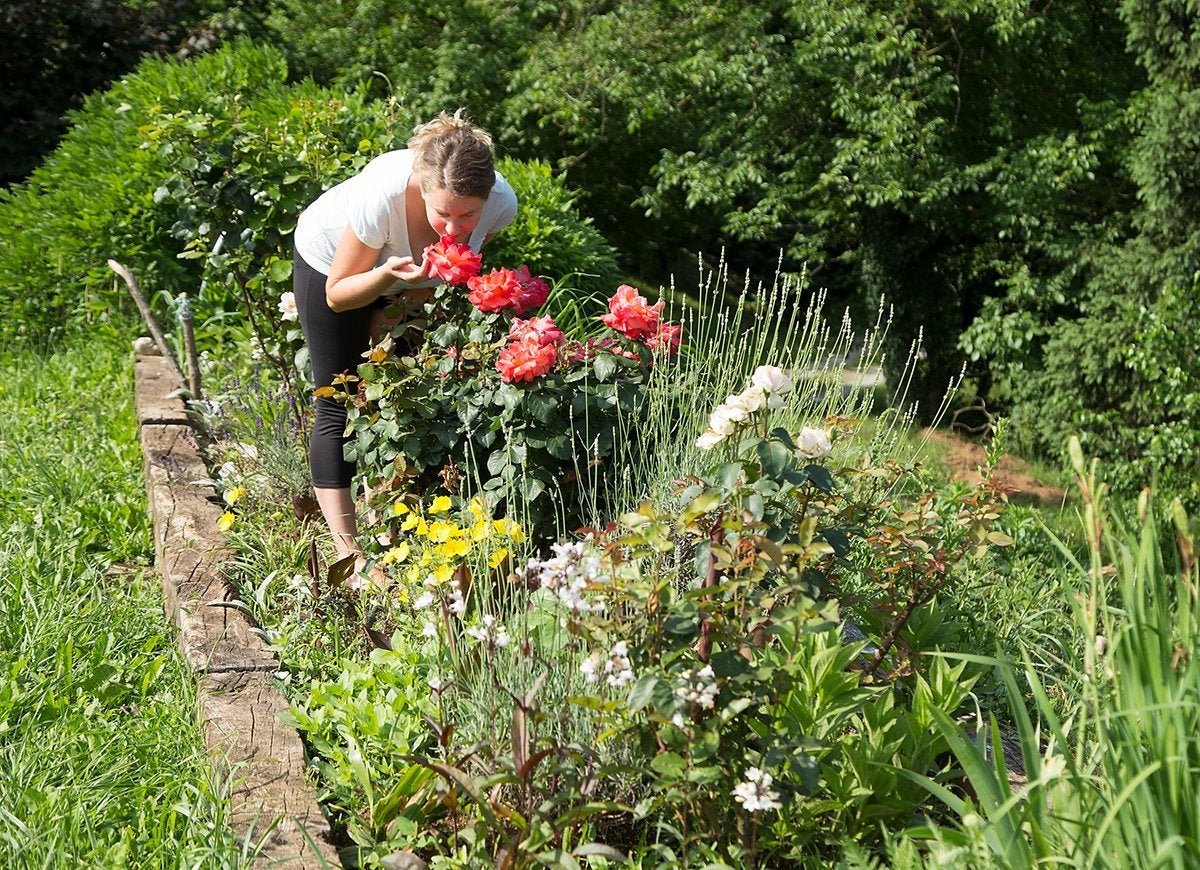
Traditional rectangular beds and neat garden rows aren’t a prerequisite for a successful garden, according to Susannah Shmurak, who is a proponent of permaculture. Shmurak encourages people to seek out uncommon spots for growing food: “Herbs can be tucked into flowerbeds and pots…You can grow fruit trees and shrubs on your parking strip…Trees can be underplanted with berry shrubs, fruiting vines like grapes can twine up sturdy trees, herbs can serve as groundcovers. Need shade on your porch? Grapevines offer fruit AND edible leaves as well as providing energy savings and privacy.”
Intensive Planting
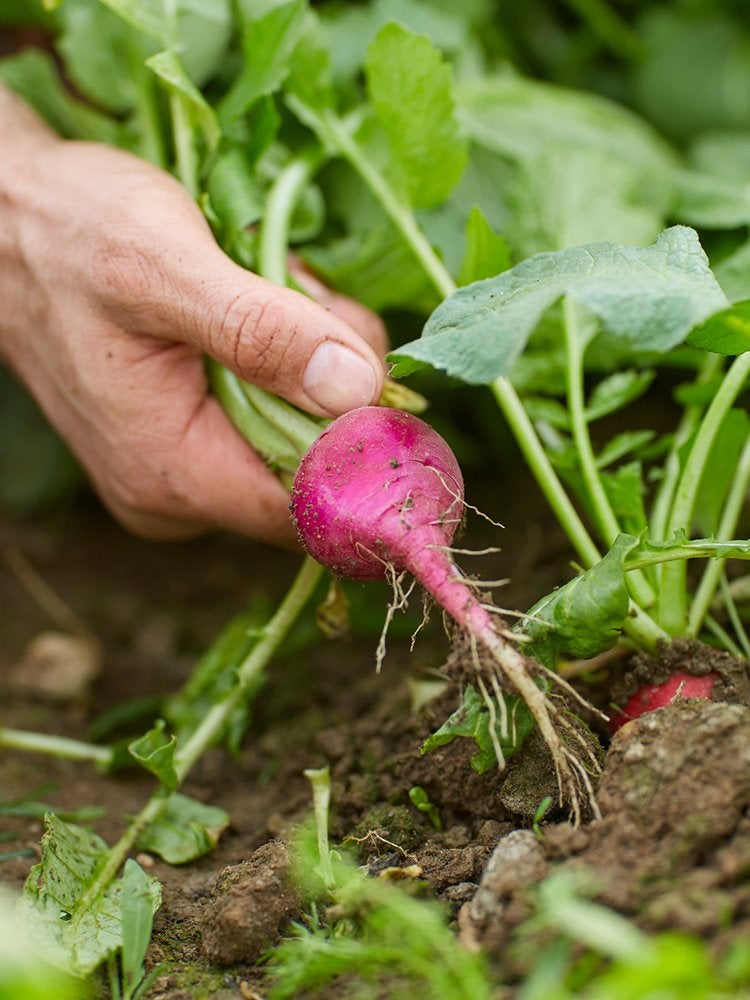
Make the most of the space you have by using intensive planting methods like interplanting, says Troy-Bilt Brand Garden Expert Erin Schanen. The master gardener and creator of The Impatient Gardener suggests sowing quick-growing veggies between slow-growing ones. She offers the example of radishes and potatoes. The potatoes only really get going once the radishes are plump and ready for harvesting. She also recommends tucking in plants anywhere possible: “For instance, if you grow beans up an A-frame style trellis, sow some leaf lettuce under the A-frame. The lettuce will appreciate a bit of protection from the sun as it gets hotter, and you’ll be taking advantage of every inch of space in the garden.”
Think of the Bees
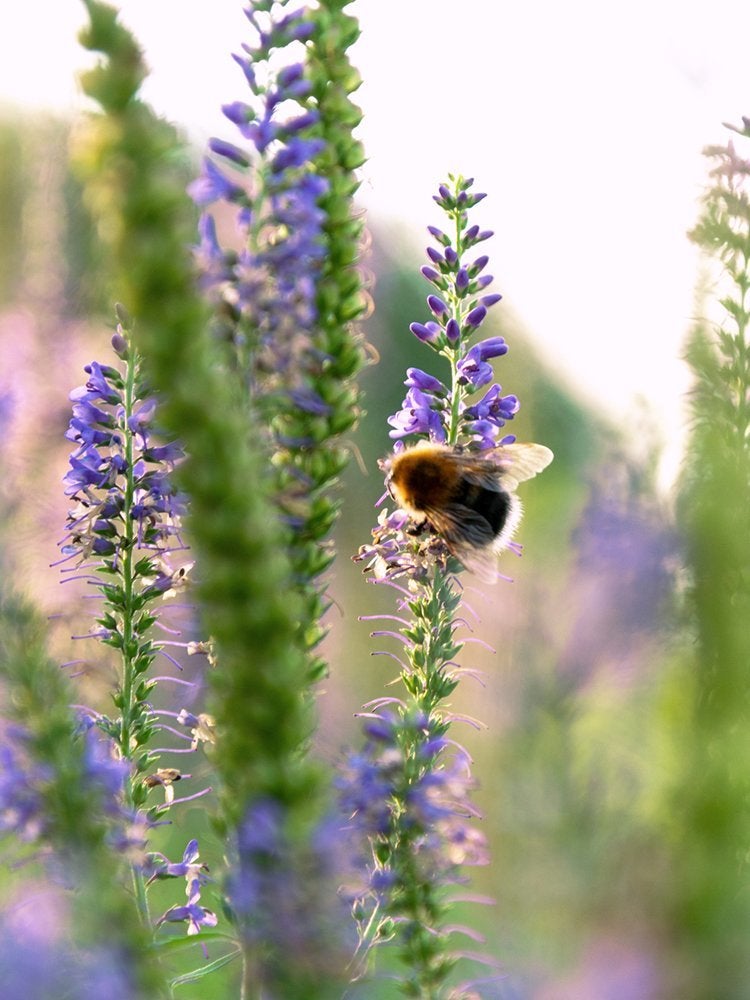
Tanner Sagouspe of Rise is a Permaculture Designer with a master’s degree in environmental management. To make your garden more hospitable to friendly neighborhood pollinators, he recommends adding a dish with water and marbles for bees to land on. He also says that it’s important to ensure there are a variety of blooms in your garden throughout the season to entice and feed pollinators. He goes so far as to recommend that gardens should have “flowers in bloom every week of the growing season.”
Mark with Milk
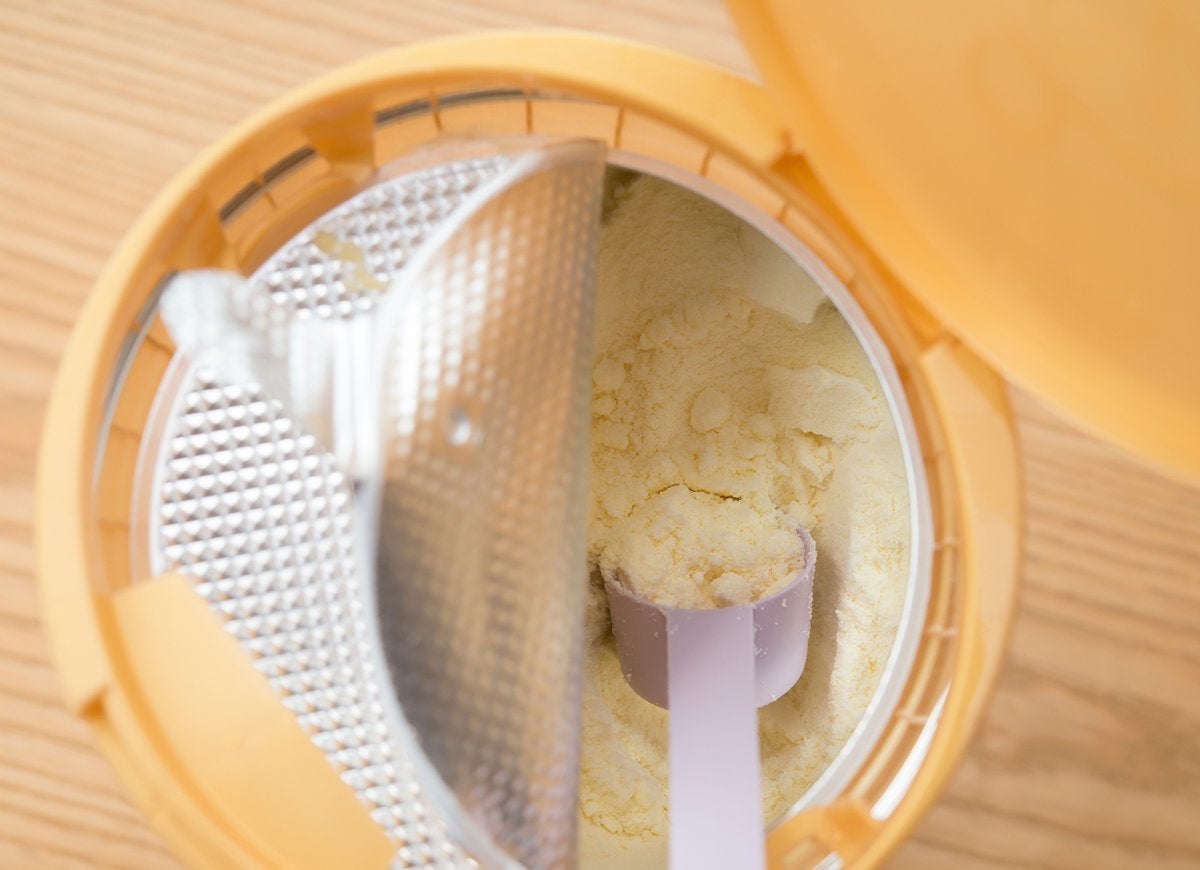
Keeping things neat and tidy during the planting portion of the gardening season is easier said than done. To ensure everything gets planted where it should, Mindy S. McIntosh-Shetter, author of Outlander Botanist, uses powdered milk to mark rows and planting spots. The powder isn’t just for keeping track of where things go, though. It also adds calcium to the soil, a micronutrient required for the optimal growth of many plants.
Layer a Little Foil
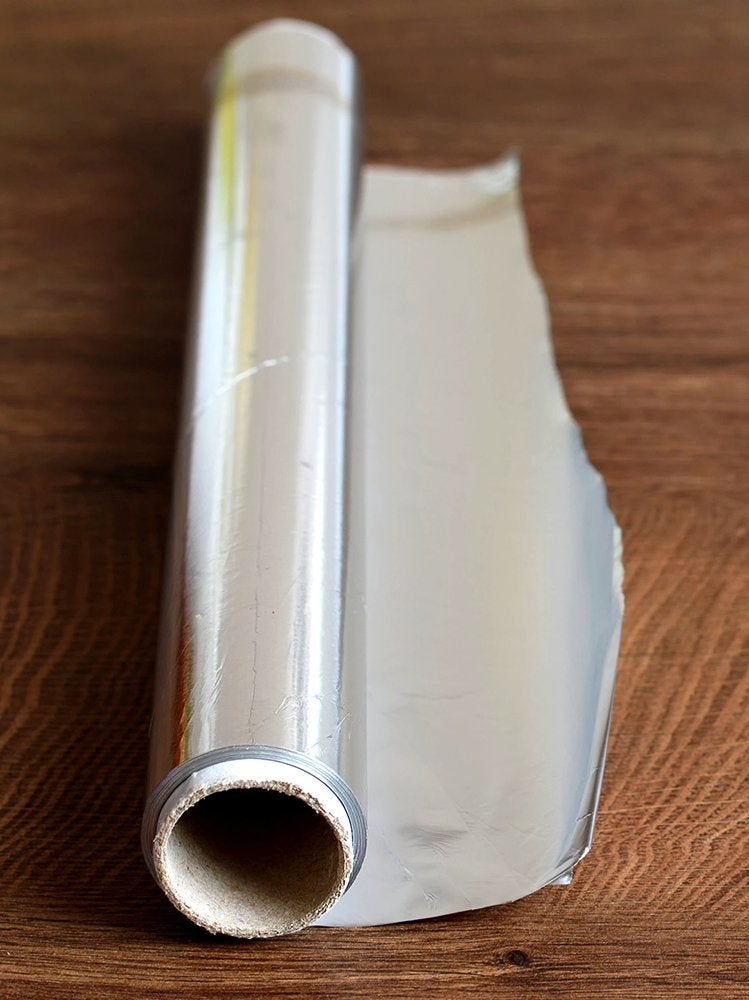
To keep her peppers happy and increase their fruit yield, Mindy uses aluminum foil as a cheap, easy-to-find household mulch solution. The reflective foil provides peppers with the sunlight they crave, and all you need to do is poke a few holes here and there to allow moisture to seep through to the plant roots.
Have a Bountiful Harvest
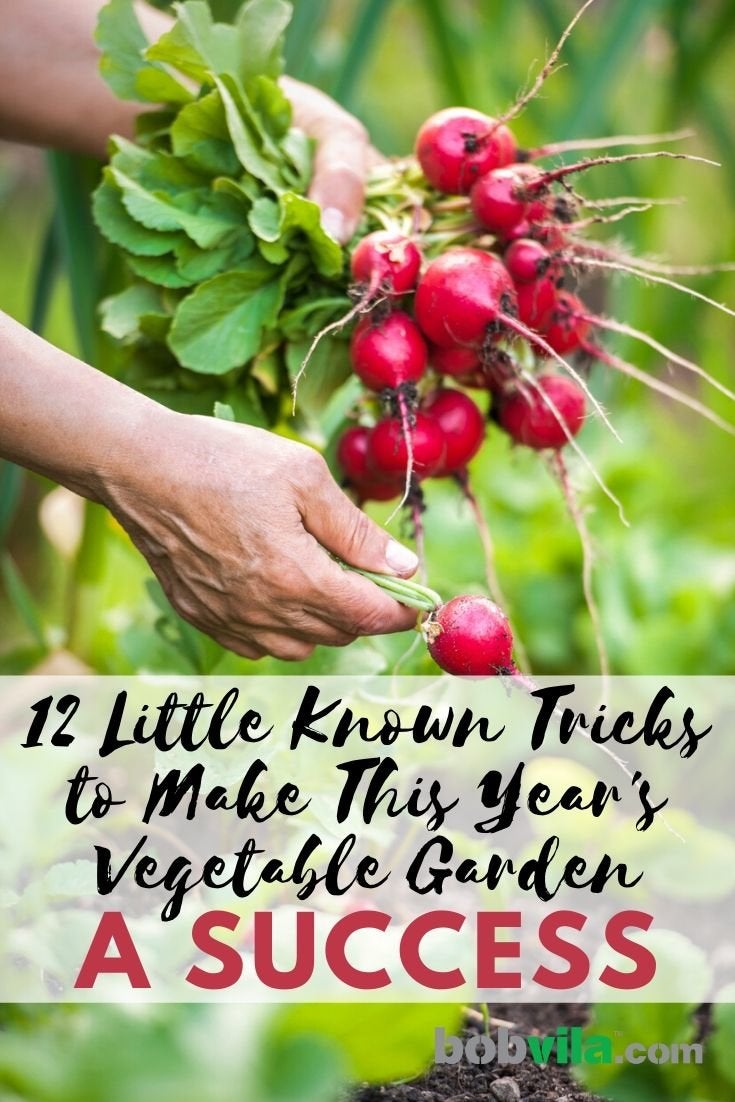
Make the most out of any vegetable garden space with these tips and tricks.

Meet the 2025 Tools of the Year
After months of scouring the market and putting products through their paces, we’ve named the best of the best in new tools. There’s something for everyone, from veteran pros to average Joes.